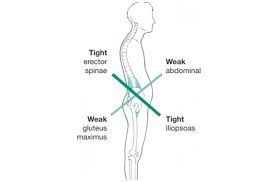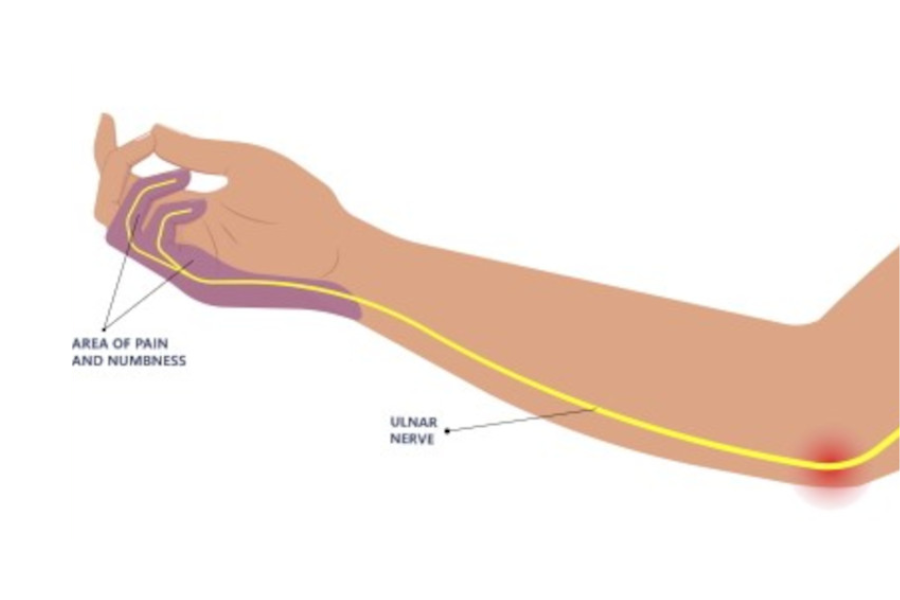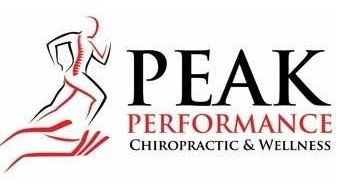Debunking Myths: Common Misconceptions About Chiropractic Care

Chiropractic care is often surrounded by myths and misconceptions, some of which may lead people to shy away from seeking care or fully understanding its benefits. From concerns about safety to doubts about its effectiveness, many misconceptions persist about chiropractic care. However, as the field of chiropractic continues to grow, research and evidence-based practices help to dispel these myths. In this blog post, we’ll explore some of the most common misconceptions about chiropractic care, and provide evidence to clarify the truths behind them.
Myth 1: Chiropractic Care is Only for Back Pain
One of the most pervasive myths is that chiropractic care is only effective for treating back pain. While it’s true that chiropractic care is well-known for addressing musculoskeletal pain, such as back pain, its benefits extend far beyond this. Chiropractors are trained to treat a variety of conditions, ranging from neck pain, headaches, and joint pain to issues with posture and mobility.
Research has shown that chiropractic care can help with a variety of musculoskeletal conditions. For example, a study published in the Journal of Manipulative and Physiological Therapeutics found that chiropractic spinal manipulation was effective for treating headaches, particularly tension headaches and migraines. Additionally, studies have demonstrated the effectiveness of chiropractic adjustments for conditions such as sciatica, whiplash injuries, and even temporomandibular joint (TMJ) disorders. So, while chiropractic care is often sought for back pain, it can also address many other musculoskeletal complaints.
Myth 2: Chiropractic Adjustments Are Dangerous
Some people believe that chiropractic adjustments are dangerous, often due to sensationalized news reports or fear of the unknown. However, chiropractic care is generally considered safe when performed by a licensed and trained chiropractor. The risk of injury is very low, and the majority of patients experience relief from their symptoms without any adverse effects.
Numerous studies have assessed the safety of chiropractic care, and the results consistently show that chiropractic adjustments are safe for most people. For example, a review published in the British Journal of Pain found that chiropractic care had a low risk of serious adverse events, especially when compared to other medical treatments like medications or surgery. The risks associated with chiropractic care are minimal, particularly when the patient is thoroughly assessed before treatment, and when the chiropractor uses techniques tailored to the patient's condition and needs.
It's also important to note that chiropractors are highly trained in identifying contraindications and determining if adjustments are appropriate. For patients with specific conditions such as osteoporosis, a chiropractor will modify their treatment to ensure it is safe.
Myth 3: Chiropractors Only Use "Cracking" Techniques
A common misconception is that chiropractic adjustments only involve the "cracking" sound that occurs when a joint is manipulated. While it's true that many chiropractic adjustments result in a popping or cracking noise, this sound is not the result of bones cracking. Instead, it is caused by the release of gas bubbles within the joint—essentially, a release of pressure within the synovial fluid. This phenomenon is harmless and does not indicate any structural damage to the body.
Moreover, not all chiropractic adjustments involve this cracking noise. Chiropractors have a variety of techniques available to them, depending on the patient’s condition and comfort level. These techniques may include gentle mobilizations, instrument-assisted therapies, or even non-force methods. Chiropractors are trained to choose the technique that is most appropriate for each individual patient based on their unique needs, making chiropractic care customizable and adaptable.
Myth 4: Chiropractic Care is Just a Short-Term Solution
Some individuals believe that chiropractic care provides only temporary relief, and that the symptoms will return once treatment is stopped. While some patients may experience short-term relief after just a few sessions, chiropractic care can provide long-term benefits when used as part of a comprehensive treatment plan.
Research supports the idea that chiropractic care can provide long-lasting improvements in health and mobility. For instance, a study in the Journal of Manipulative and Physiological Therapeutics found that chiropractic spinal manipulation, in combination with exercise and physical therapy, was more effective than other treatments in managing chronic low back pain. Additionally, studies have shown that regular chiropractic adjustments can help prevent future musculoskeletal issues by promoting better posture, spinal alignment, and flexibility.
The key to long-term success with chiropractic care is consistency. Patients who commit to regular visits, especially in the early stages of treatment, often experience long-term relief from pain and better overall health. Chiropractors also focus on educating patients about lifestyle changes, exercises, and ergonomic adjustments that can help sustain the benefits of care.
Myth 5: Chiropractic Care is Not Supported by Science
Perhaps the most damaging myth is that chiropractic care lacks scientific backing. In reality, chiropractic care is supported by a growing body of research that demonstrates its effectiveness in treating a variety of musculoskeletal conditions. Chiropractors use evidence-based methods to evaluate and treat their patients, and the field continues to evolve based on scientific findings.
For example, a study published in the Annals of Internal Medicine found that chiropractic spinal manipulation was as effective as medical care in managing acute lower back pain, with fewer side effects. The Cochrane Collaboration, a global network of researchers, also published a review showing that spinal manipulation is effective for treating tension-type headaches and cervicogenic headaches.
In addition to spinal adjustments, chiropractors often incorporate other evidence-based therapies, such as therapeutic exercises, stretches, and lifestyle recommendations, into their treatment plans. Many chiropractors also collaborate with other healthcare providers to ensure a comprehensive, multi-disciplinary approach to patient care.
Myth 6: Chiropractic Care is Only for Adults
While chiropractic care is widely known for treating adults, it’s a common misconception that it is not appropriate for children or infants. In fact, chiropractic care can be highly beneficial for children, as it helps support healthy growth and development. Many chiropractors specialize in pediatric care and are trained to adjust children’s spines safely and effectively.
Chiropractic care can be particularly helpful for children experiencing conditions like ear infections, colic, and postural problems related to school backpacks. For example, a study in The Journal of Manipulative and Physiological Therapeutics showed that chiropractic adjustments could reduce the frequency of ear infections in children, offering a non-invasive alternative to medications.
Furthermore, adjustments for infants and children are much gentler than those for adults. Chiropractors use light pressure and specialized techniques tailored to the child’s developing body, ensuring safety and comfort during treatment.
Myth 7: You’ll Become Dependent on Chiropractic Care
A common concern among patients is the fear of becoming dependent on chiropractic care. The truth is that chiropractic care is about restoring balance and function to the body, not creating dependency. Chiropractors aim to improve spinal health, reduce pain, and empower patients to take control of their own well-being.
Many patients who receive regular chiropractic care experience long-term benefits, including better posture, reduced pain, and improved mobility. Chiropractors also teach patients exercises, stretches, and lifestyle changes to help them maintain their health independently. The goal of chiropractic care is to help patients feel their best and be self-sufficient in managing their health.
Conclusion
Chiropractic care is a safe, effective, and scientifically supported approach to managing musculoskeletal health. Despite the myths and misconceptions surrounding the field, chiropractic care offers a range of benefits that go beyond just back pain. By understanding the facts, patients can make informed decisions about how chiropractic care can help improve their health and overall quality of life.
Whether you're seeking relief from pain, improving mobility, or preventing future injuries, chiropractic care can offer a non-invasive, evidence-based solution to help you achieve your wellness goals. If you're considering chiropractic care, it's important to consult with a licensed chiropractor who can assess your individual needs and develop a customized treatment plan.
Bethany Wolcott
(she/her)
Exercise and Sports Studies/Chiropractic
D’Youville University












